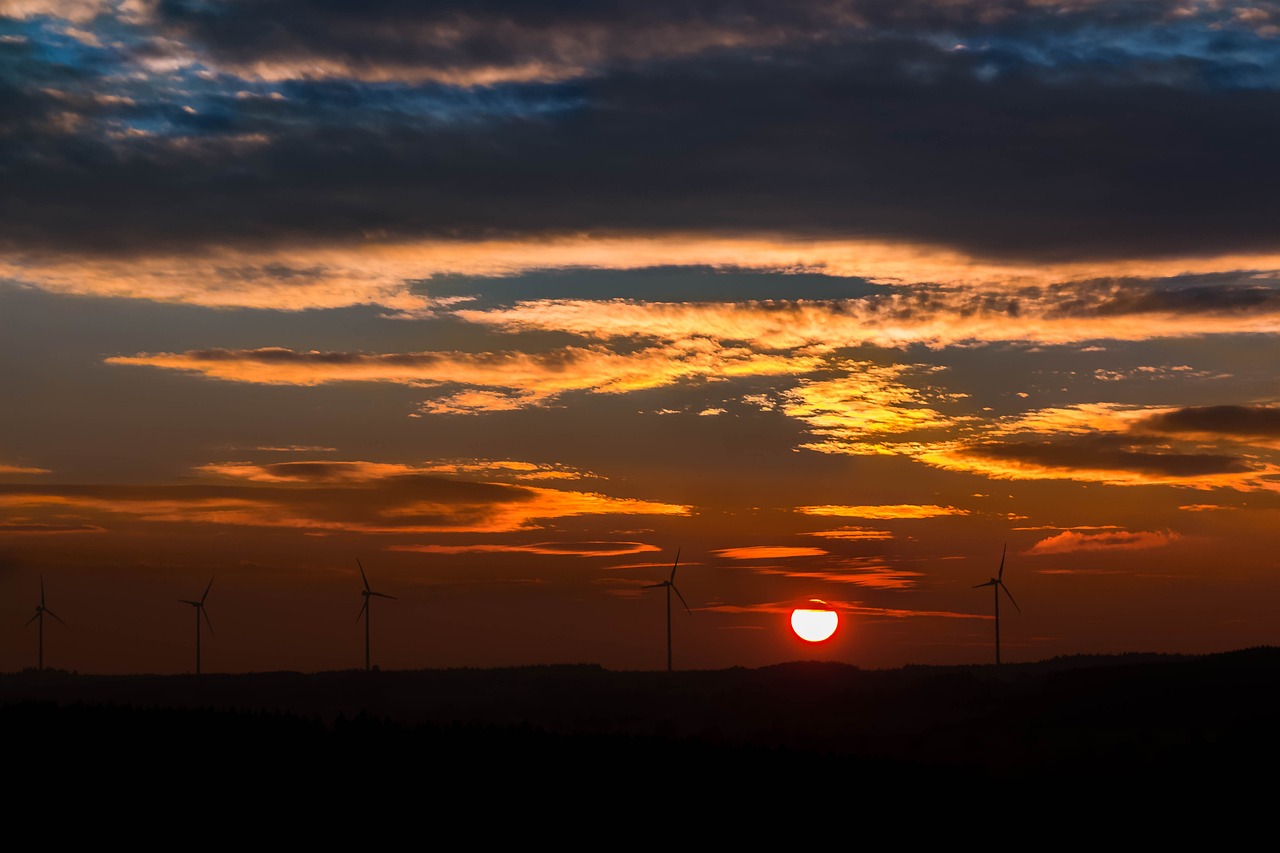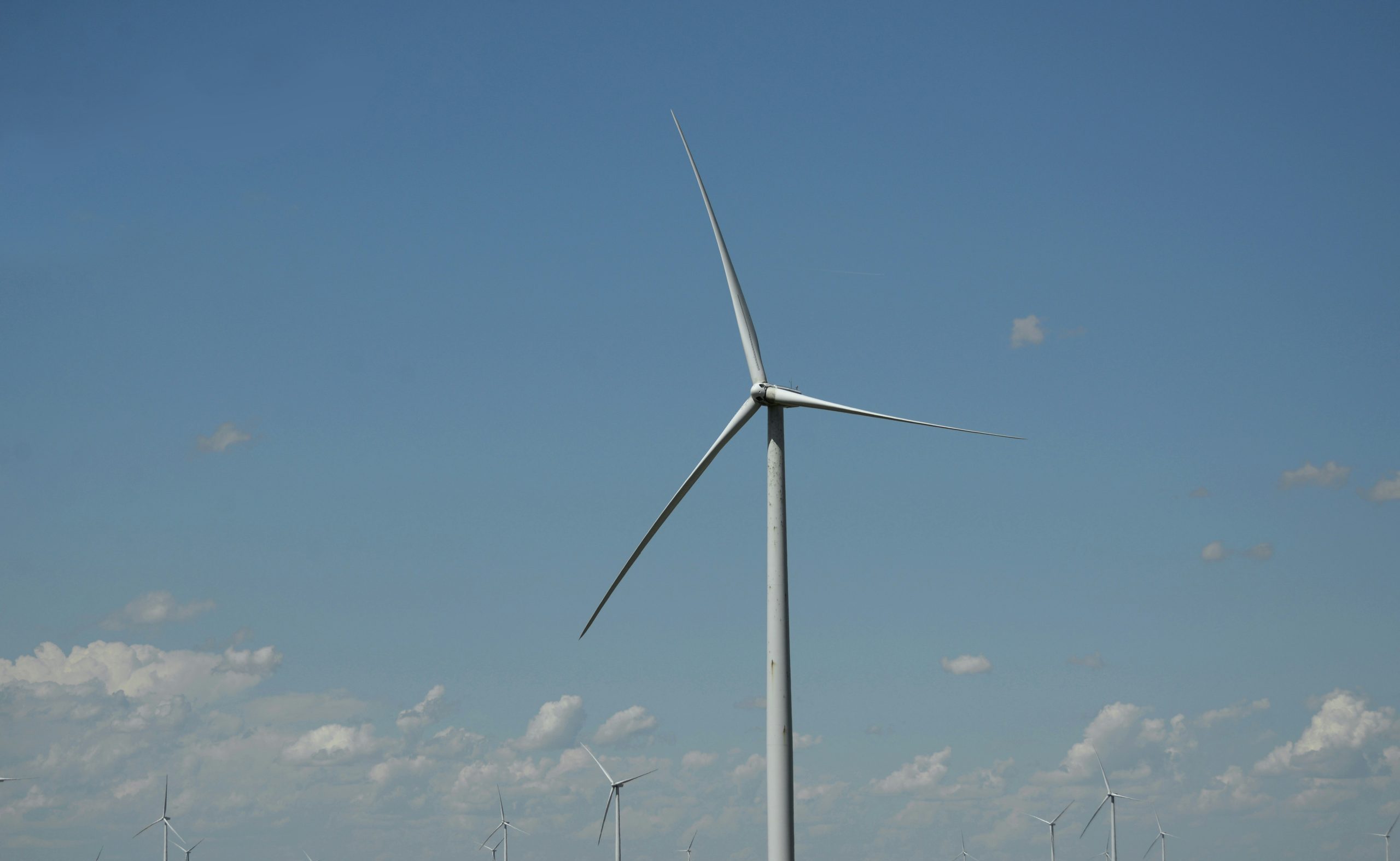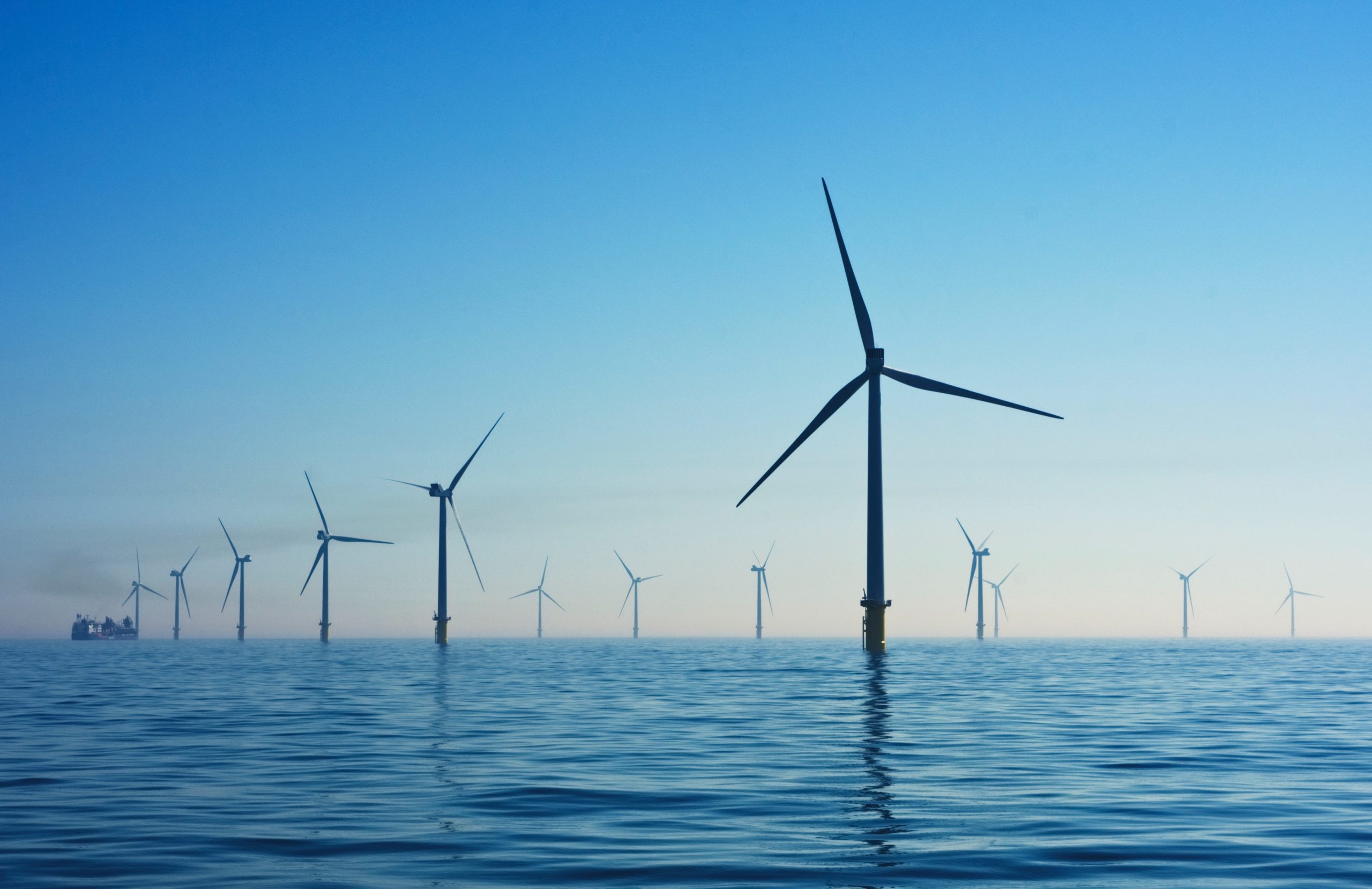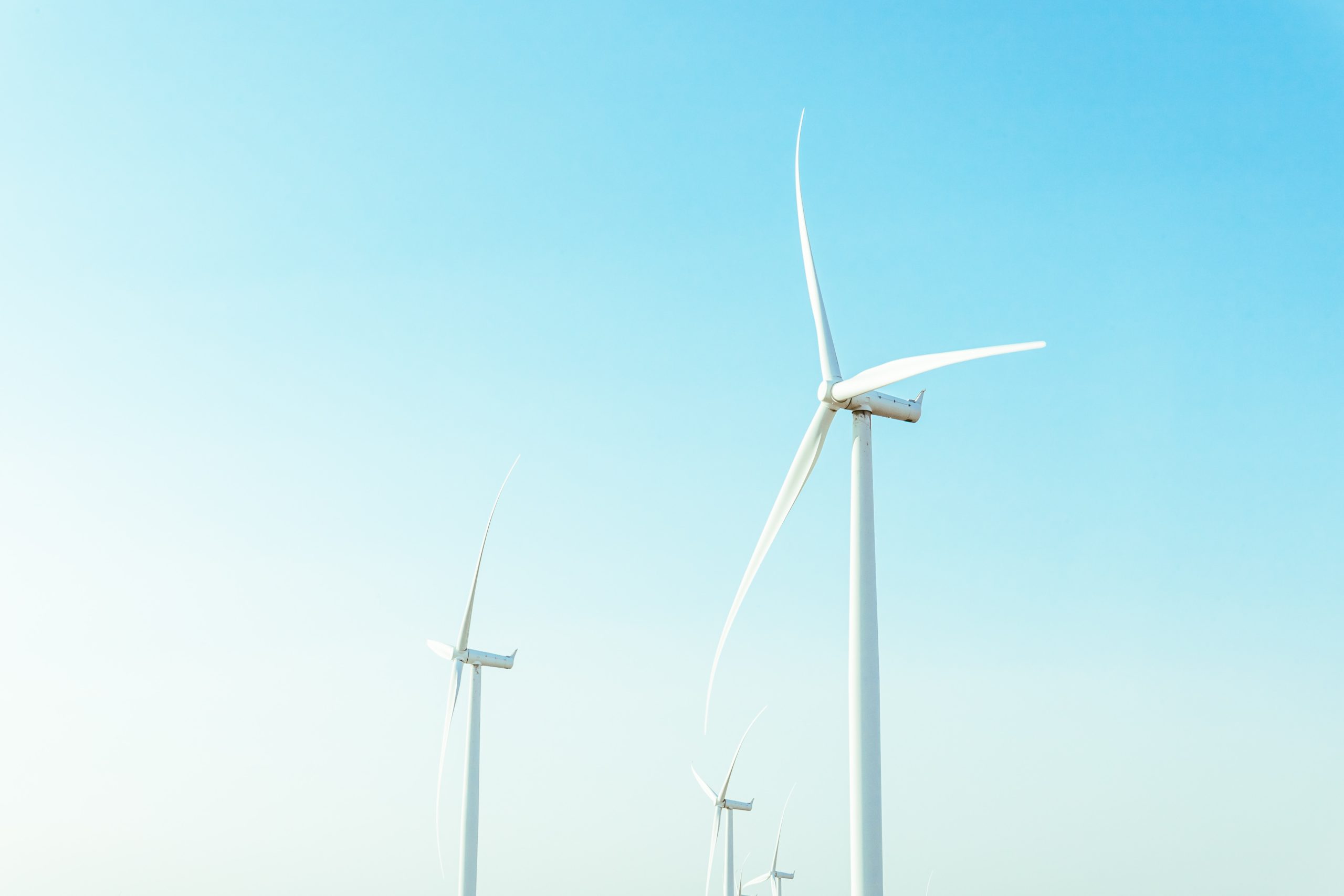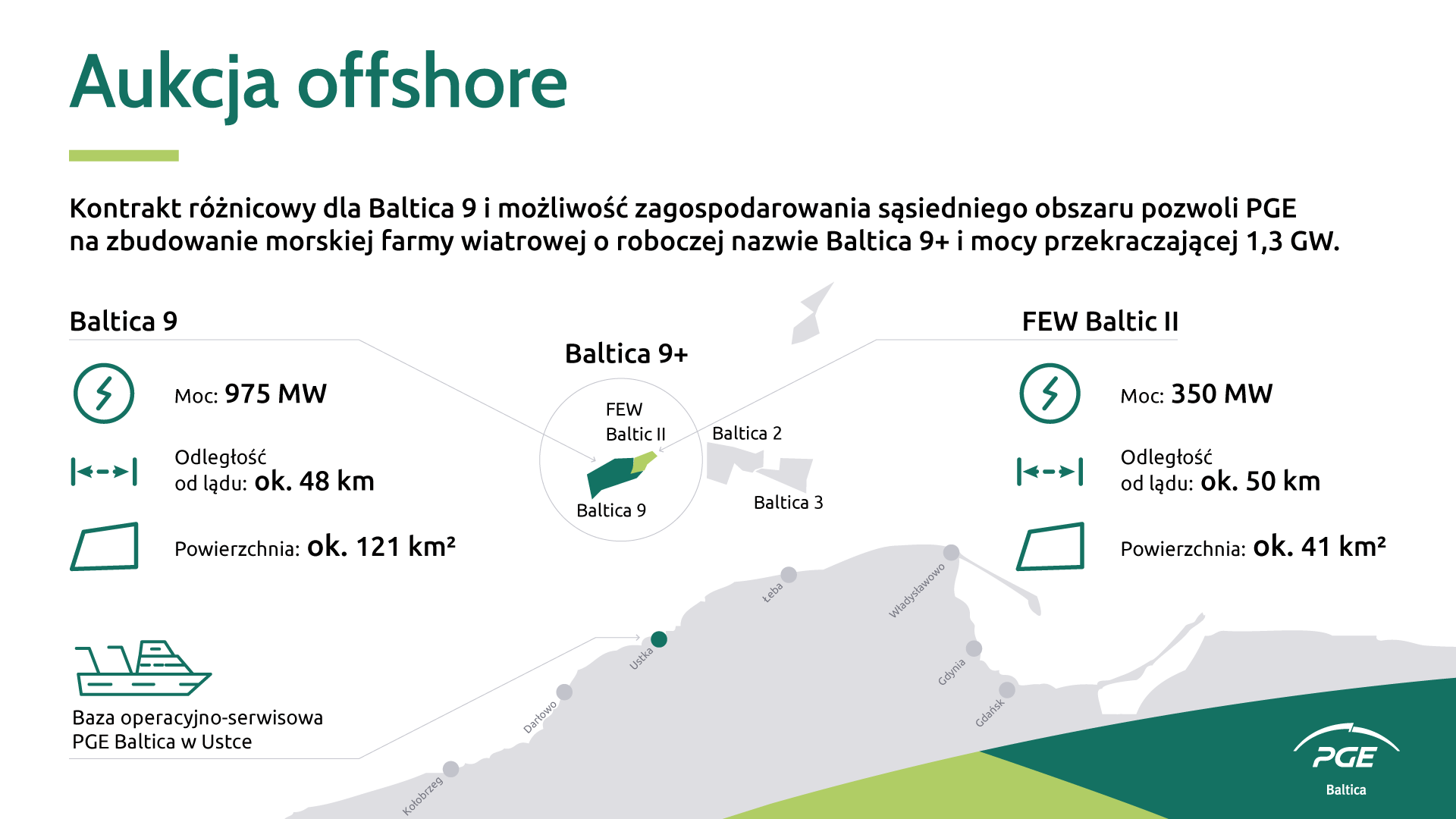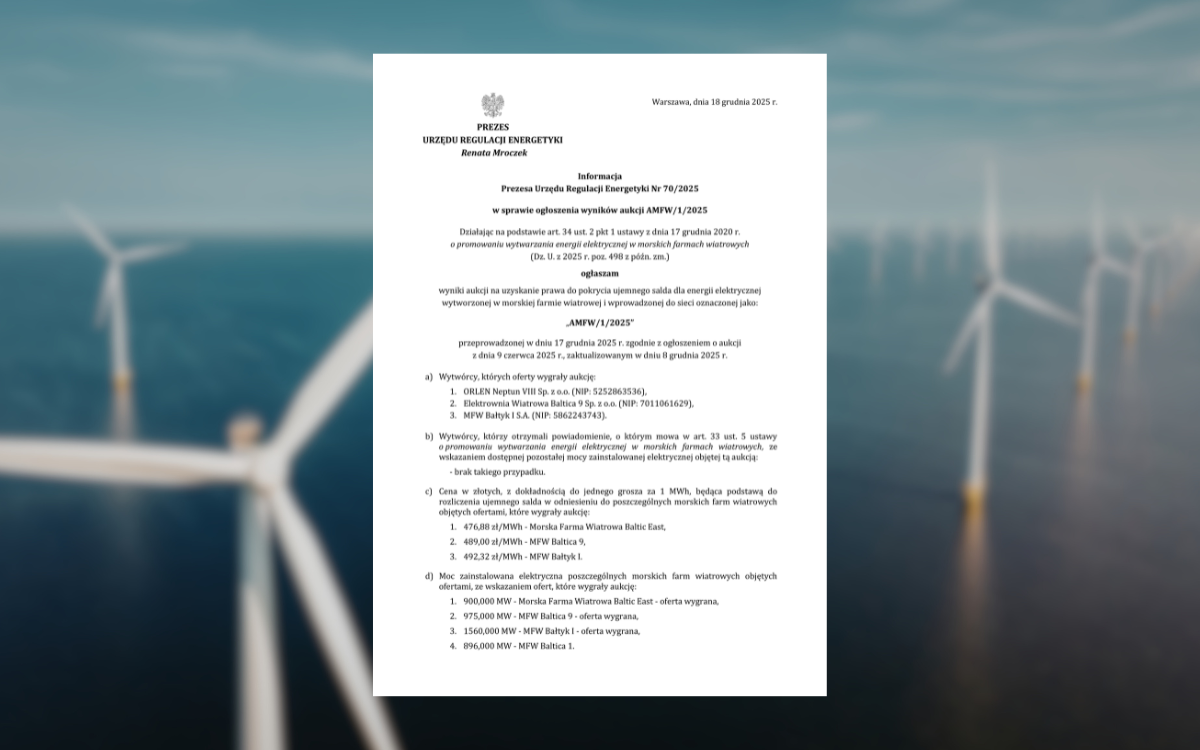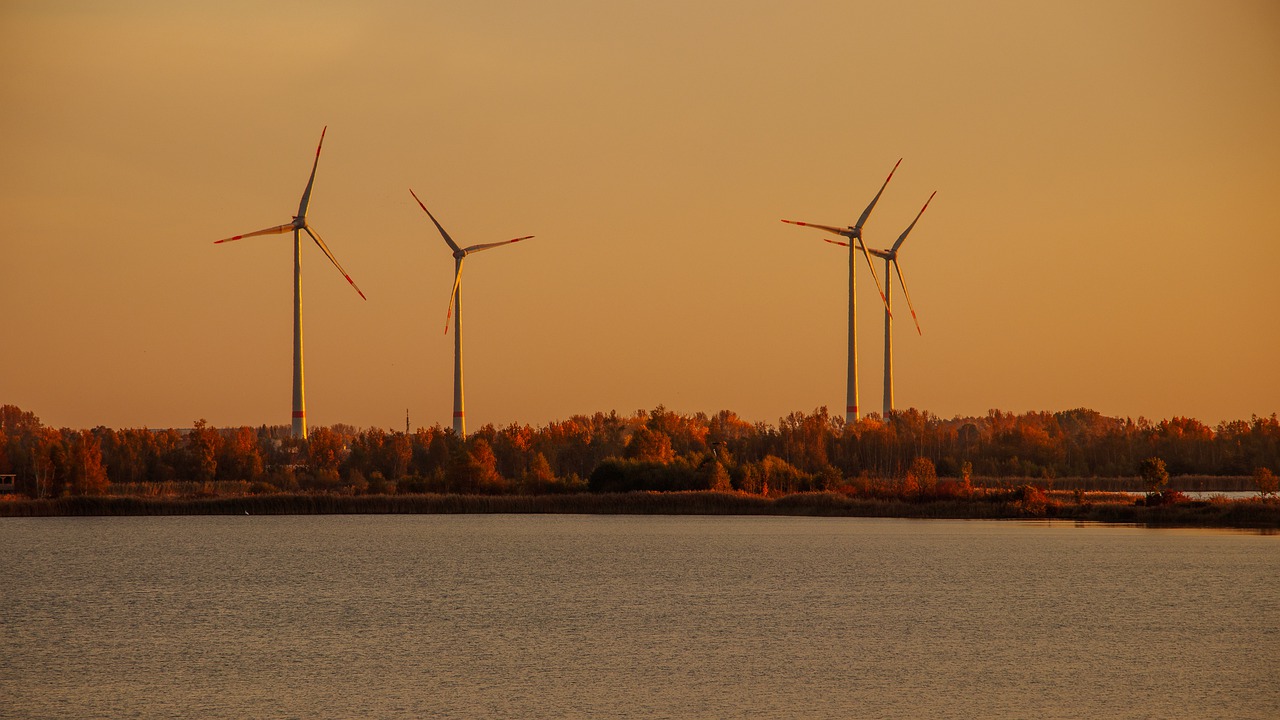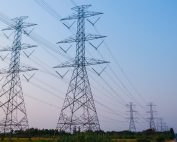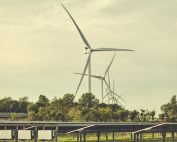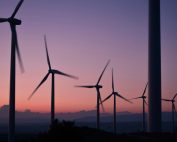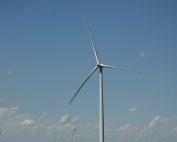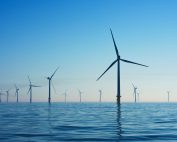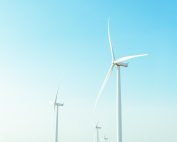The European Commission has unveiled an independent study offering a detailed snapshot of the net-zero manufacturing landscape across the EU, focusing on renewable energy technologies, including wind. As the EU strives to maintain its leadership in wind energy production, the study sheds light on key advancements, existing challenges, and areas of opportunity within both onshore and offshore wind manufacturing sectors.
Wind Energy: A Core Strength Under Pressure
The EU remains a global leader in wind energy manufacturing, meeting 85% of its domestic wind turbine demand through local production and maintaining a role as a net exporter. Germany, Denmark, and Spain dominate wind turbine manufacturing, with additional contributions from France, Portugal, Italy, and Poland. Notably, Germany accounts for 45–54% of the EU’s nacelle manufacturing capacity, with Denmark and Spain providing 16–20% each.
Despite these strengths, the EU’s global market share in wind energy has eroded in recent years, largely due to competition from China, whose rapid expansion has reshaped the global market. The study highlights that China now dominates global wind turbine manufacturing, leveraging cheaper yet high-quality turbines to outpace EU production.
Onshore Wind: Challenges in Scaling
The EU’s onshore wind manufacturing sector faces hurdles that threaten its competitiveness:
- Unclear project pipelines caused by lengthy permitting processes.
- A shortage of skilled workers, which hampers production capacity.
- The growing trend towards larger turbines, requiring substantial investment to upgrade manufacturing facilities.
As a result, growth in the EU’s wind energy manufacturing is projected to remain modest, at just 10% by 2030, a rate that lags significantly behind China’s expansion.
Offshore Wind: Potential Undermined by Competition
Offshore wind—a critical pillar for achieving net-zero goals—shows similar vulnerabilities. While the EU has robust capabilities in manufacturing key components, such as nacelles and towers, it struggles to scale up production due to competitive pressure and infrastructural bottlenecks. This undermines the EU’s ability to capitalize on the offshore wind market’s rapid growth globally.
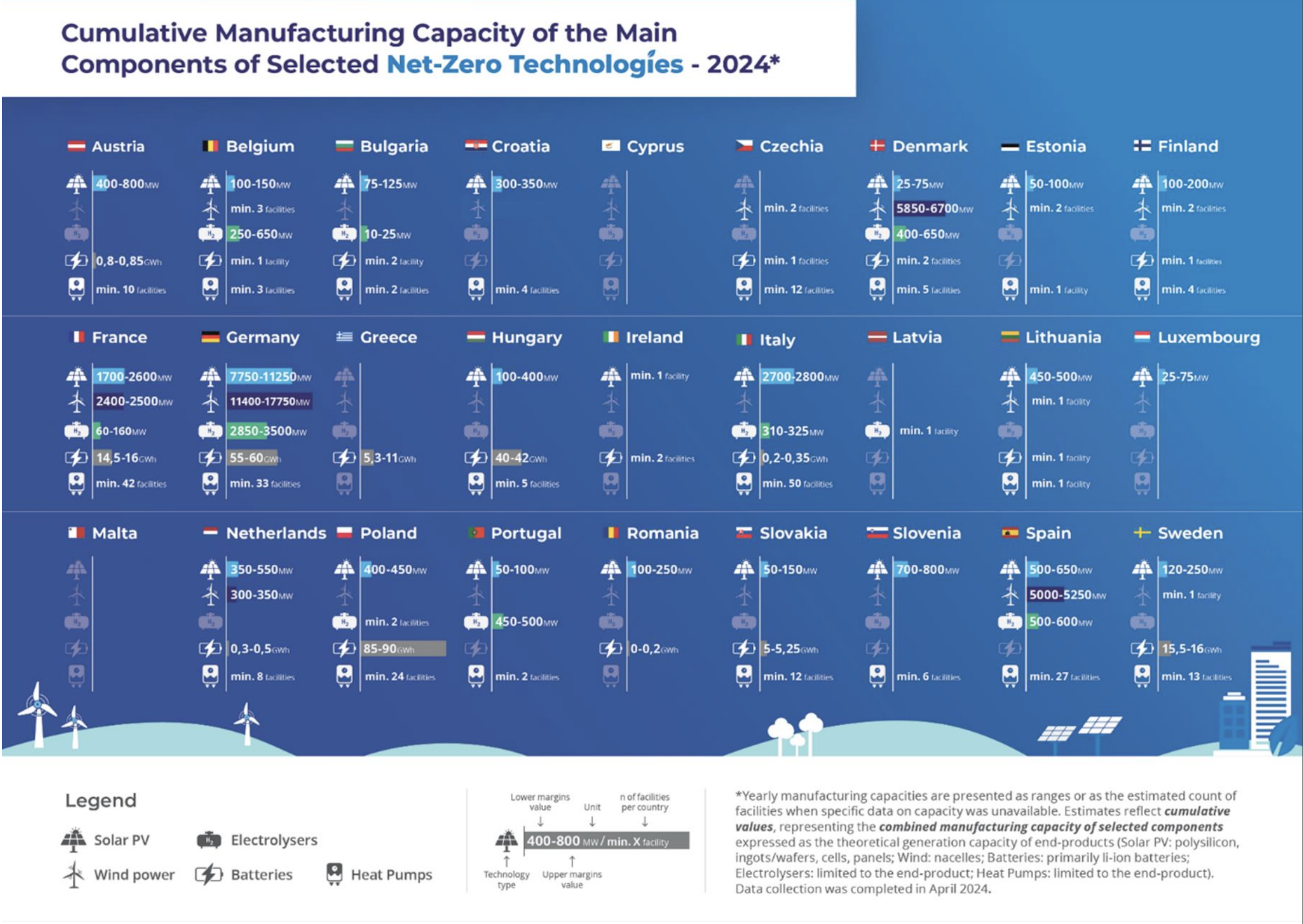
Source: Directorate-General for Energy, The net-zero manufacturing industry landscape across Member States – Final report, Publications Office of the European Union, 2025
Policy and Manufacturing Support
To address these challenges, the EU has introduced initiatives like the Net-Zero Industry Act, aimed at creating a regulatory framework to boost domestic manufacturing capacity for net-zero technologies, including wind. The Act seeks to address barriers such as:
- Regulatory delays in permit approvals.
- Insufficient investment incentives for scaling up production facilities.
- Gaps in workforce training and skills development.
Additionally, nearly three-quarters of EU countries have adopted national incentives to attract investments in manufacturing net-zero technologies. The study emphasizes the need for greater alignment between policy frameworks and the industry’s evolving needs.
Balancing Risks and Opportunities
The EU’s wind industry stands at a pivotal moment. While its leadership in domestic production is evident, China’s dominance in global markets and the EU’s slower growth trajectory pose significant risks. Addressing these challenges will require not only stronger policy interventions but also strategic investments in infrastructure, workforce development, and technological innovation.
As the EU navigates this complex landscape, the findings of this study provide a critical foundation for policymakers and industry leaders to reinforce the region’s competitiveness in the onshore and offshore wind sectors.
Source: European Commission: Directorate-General for Energy, The net-zero manufacturing industry landscape across Member States – Final report, Publications Office of the European Union, 2025, https://data.europa.eu/doi/10.2833/2249632
